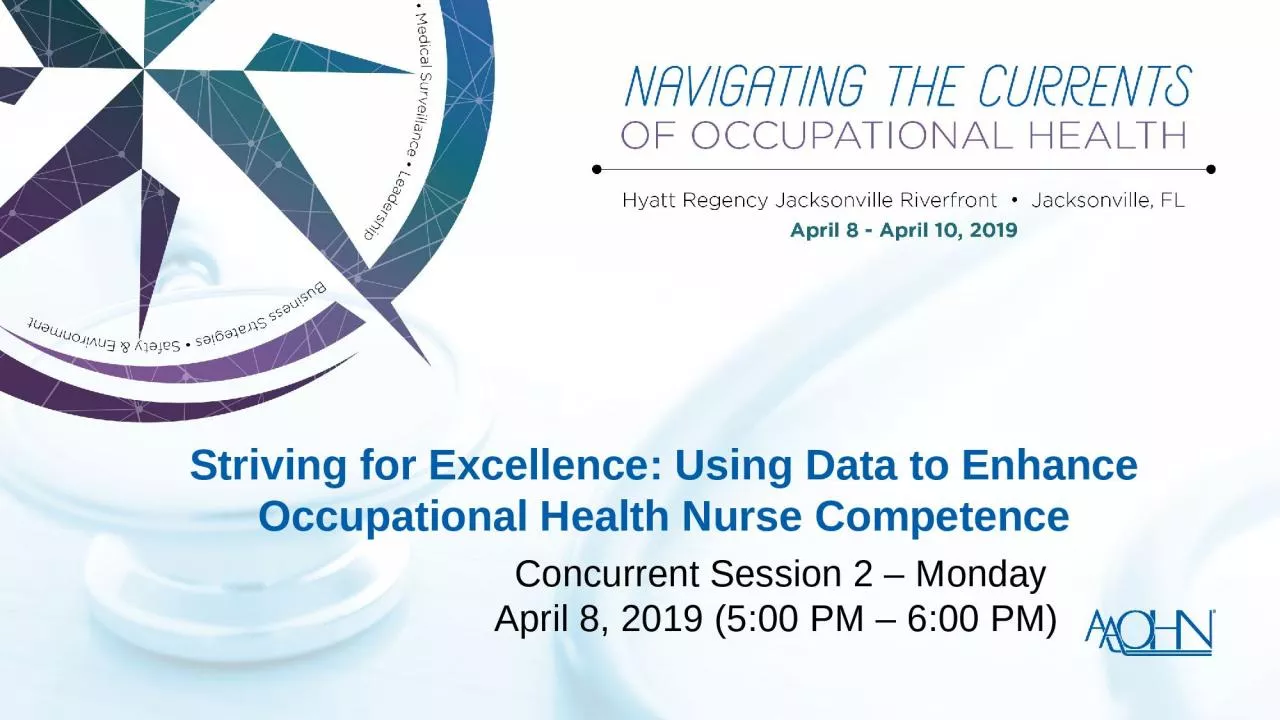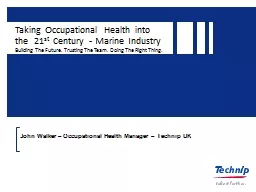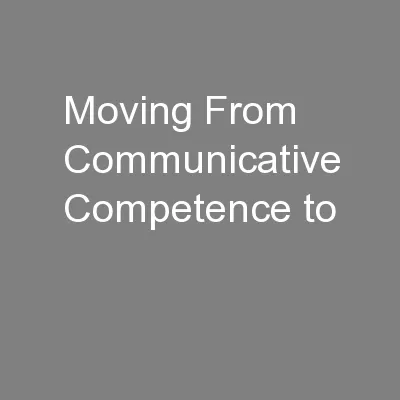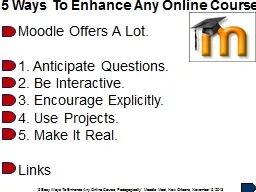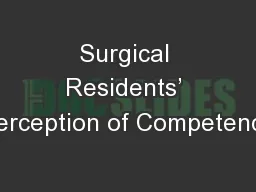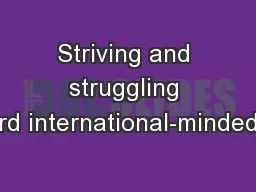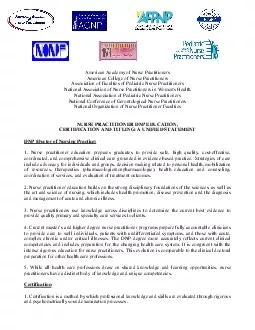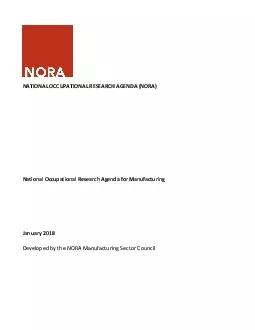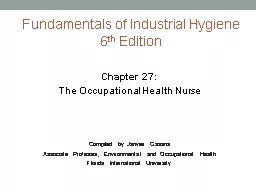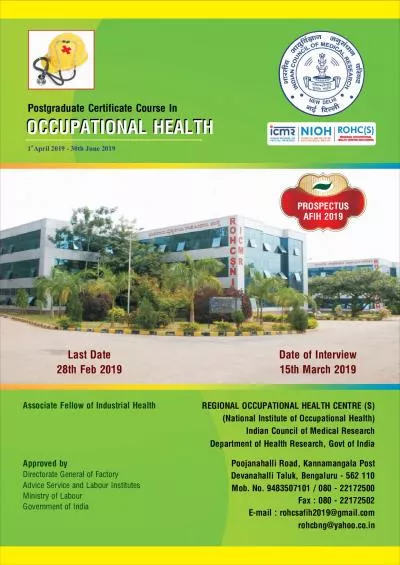PPT-Striving for Excellence: Using Data to Enhance Occupational Health Nurse Competence
Author : jocelyn | Published Date : 2023-10-04
Concurrent Session 2 Monday April 8 2019 500 PM 600 PM Conflict of Interest We hereby certify that to the best of our knowledge no aspect of our current personal
Presentation Embed Code
Download Presentation
Download Presentation The PPT/PDF document "Striving for Excellence: Using Data to E..." is the property of its rightful owner. Permission is granted to download and print the materials on this website for personal, non-commercial use only, and to display it on your personal computer provided you do not modify the materials and that you retain all copyright notices contained in the materials. By downloading content from our website, you accept the terms of this agreement.
Striving for Excellence: Using Data to Enhance Occupational Health Nurse Competence: Transcript
Download Rules Of Document
"Striving for Excellence: Using Data to Enhance Occupational Health Nurse Competence"The content belongs to its owner. You may download and print it for personal use, without modification, and keep all copyright notices. By downloading, you agree to these terms.
Related Documents

